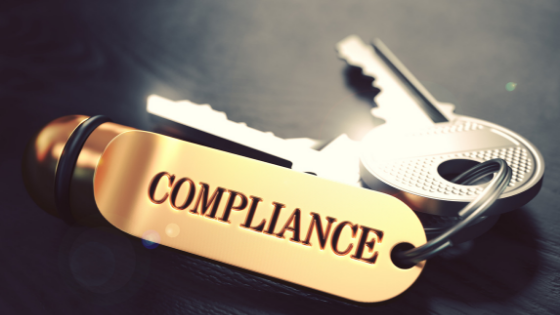Environmental, health, and safety (EHS) compliance isn’t the sole concern of some businesses. It isn’t even the sole concern of some managers. It’s just one small aspect of running your business.
Here’s the problem: EHS compliance isn’t something your business can afford to take lightly. And if you’re wondering, “Wait, what is EHS compliance?” you’re in trouble.
But with managers stretched thin on time and resources, compliance can feel like a daunting task. You have to be smarter about compliance or you’ll struggle to keep up. Here’s what it is, why you need it, and what’s expected of you.
What is EHS Compliance?
First, let’s address the most basic question: what is EHS?
Environment, health, and safety should be familiar to most business owners and managers. It refers to the series of laws, regulations, and workplace procedures designed to protect the wellbeing of workers.
EHS compliance is what your business has to do to stay in line with industry regulations, like OSHA, to protect your workers and the public. It’s not just a moral obligation – it’s also a legal obligation. Businesses who fail to comply are subject to inspections and punitive action as well as public scrutiny.
Why You Need It
EHS compliance isn’t just an obligation to your workers and customers, though that’s a significant part of it.
It’s a promise to your workers and customers that you’ll treat them with care and respect. It’s also a commitment to staying at the cutting edge of your industry and doing better work for your customers.
These days, customers are more socially aware than ever. They do their homework before giving businesses their hard-earned money. So, if your business takes the time to innovate on sustainability and safety issues, it boosts your company's reputation.
Compliance also makes financial sense. The more accidents you have, the more money you waste cleaning them up. Why take a hit to your bottom line when you could avoid those accidents altogether, avoid fines and workers’ compensation, and instead focus your money on providing better products and services?
Your Responsibilities
Under OSHA regulations, it is an employer’s responsibility to guarantee a safe working environment. On a practical level, that takes a variety of forms.
For example, it’s incumbent on you to regularly inspect your workplace and ensure that they’re OSHA-compliant and hazard-free. But you also need to provide the appropriate safety training to your workers, as well as personal protective equipment and safe, well-maintained tools.
This applies to everything from safe chemical storage to eliminating respiratory hazards to employee health checks to regular equipment maintenance and inspection.
EHS Regulations to Follow
The first step toward successful compliance is to identify the regulations that apply to you. If necessary, assign someone specifically to this task and make sure they understand the legal language.
Keep in mind that regulations are often updated, so you’ll have to check back on them regularly.
From there, measure how your workplace matches with regulations. If it’s not compliant, now is the time to whip it into shape. Perform regular inspections, train your employees in safety procedures, and verify compliance.
If you have to, invest in tools that will help with compliance tasks. Keeping your employees safe is worth it.
If you haven’t yet, create an ongoing compliance process. Someone should be responsible for making sure you stay compliant, no matter what. There should also be policies in place to deal with it if your workplace isn’t compliant.
Mastering EHS Compliance
Knowing how to answer, “What is EHS compliance?” isn’t enough. You have to be prepared to rise to the challenge and keep your workers safe.
That’s where we can help. We provide EHS software solutions to your biggest problems so that you can keep track of the small details while focusing on what matters most: your workers.
Want to find out more? Request a trial of EHS Insight.
